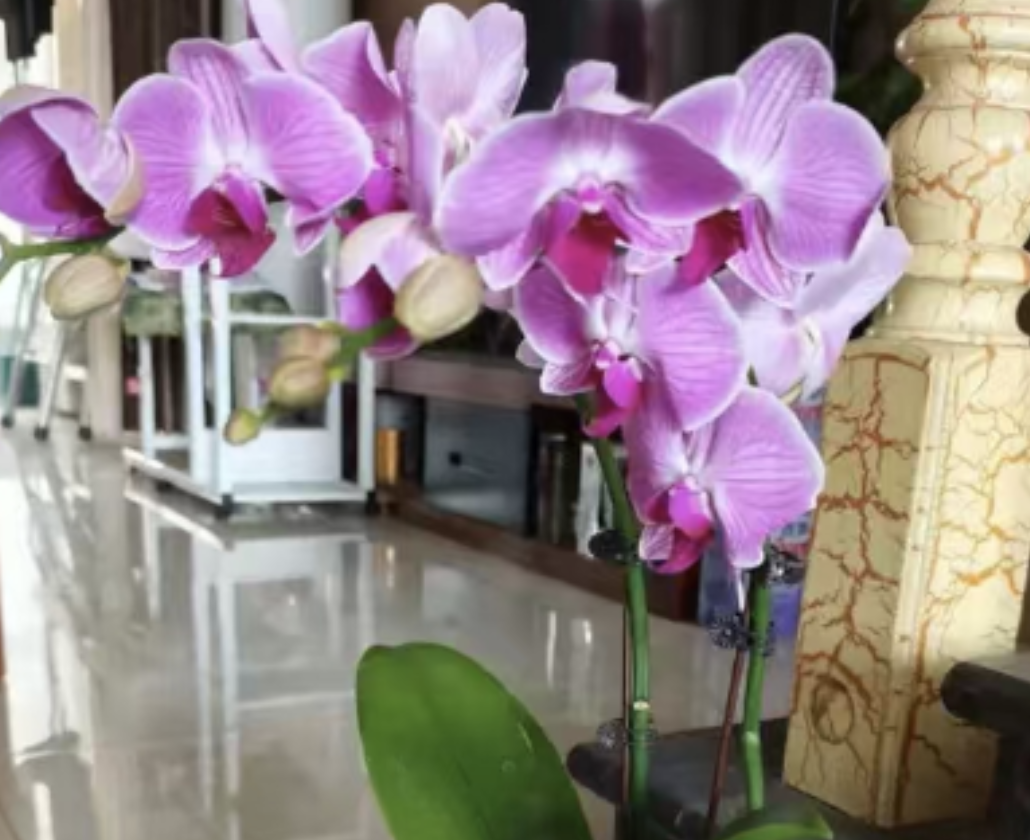In winter, the leaves of many flowers may turn yellow, fall off or even wither, but this doesn't necessarily mean that the plants are dead. They may just have entered a dormant state. To distinguish whether a plant is dead or dormant, the following aspects can be used for judgment:
### I. Determine Whether the Plant Is in the Dormant Period
Firstly, it's very important to know the dormant period of the plant you are growing. The dormant periods of different plants vary. Some plants are dormant in summer, such as cyclamen; while some plants are dormant in winter, like caladium. Therefore, before judging whether a plant is dead, first confirm whether the plant is currently in the dormant period.
### II. Observe the Signs of Plant Growth
If a plant doesn't grow new leaves or sprout new buds during the dormant period, it doesn't necessarily mean that the plant is dead. Dormancy is a growth state that plants enter to adapt to environmental changes. At this time, the growth rate of the plant will slow down or stop. Therefore, you can carefully observe the plant to see if there are any signs of growth, such as the appearance of new leaves or new buds. If there are, it means that the plant is still alive and has just entered the dormant state.
### III. Examine the Branches and Roots of the Plant
To further confirm whether the plant is still alive, you can examine the branches and roots of the plant. Gently scrape the branch with your fingernail. If the inside is green and moist after scraping off the epidermis, and the branch is elastic and not easy to break, it means that the plant is still alive. Similarly, you can also check the roots of the plant. If the roots are fresh and vigorous, it means that the plant is still alive; on the contrary, if the roots are withered, smelly, brittle or dull in color, it may mean that the plant is dead.
### IV. Pay Attention to Distinguishing the Symptoms of Dormancy and Death
Dormancy and death show some similar symptoms on plants, such as yellowing and falling leaves. However, some differences can still be found upon careful distinction. For example, during the dormant period, the branches of the plant are usually still elastic and not easy to break; while the branches of a dead plant are often withered and brittle. In addition, during the dormant period, the plant may only temporarily stop growing, but the roots still remain vital; while a dead plant will lose its vitality throughout the whole plant.
### V. Take Photos for Record and Comparison
For plants that are not easy to observe directly, you can take photos to record their growth status and take photos again after a period of time for comparison. By observing the changes of the plant during this period, you can judge more accurately whether the plant is dead or dormant.
In conclusion, to distinguish whether a plant is dead or dormant, multiple factors need to be considered comprehensively. In the special season of winter, we should observe carefully and wait patiently, and don't give up easily on those plants that may have just entered the dormant state.
What is the state of plants during their dormant period?

Share with
Tagged in :




Leave a Reply